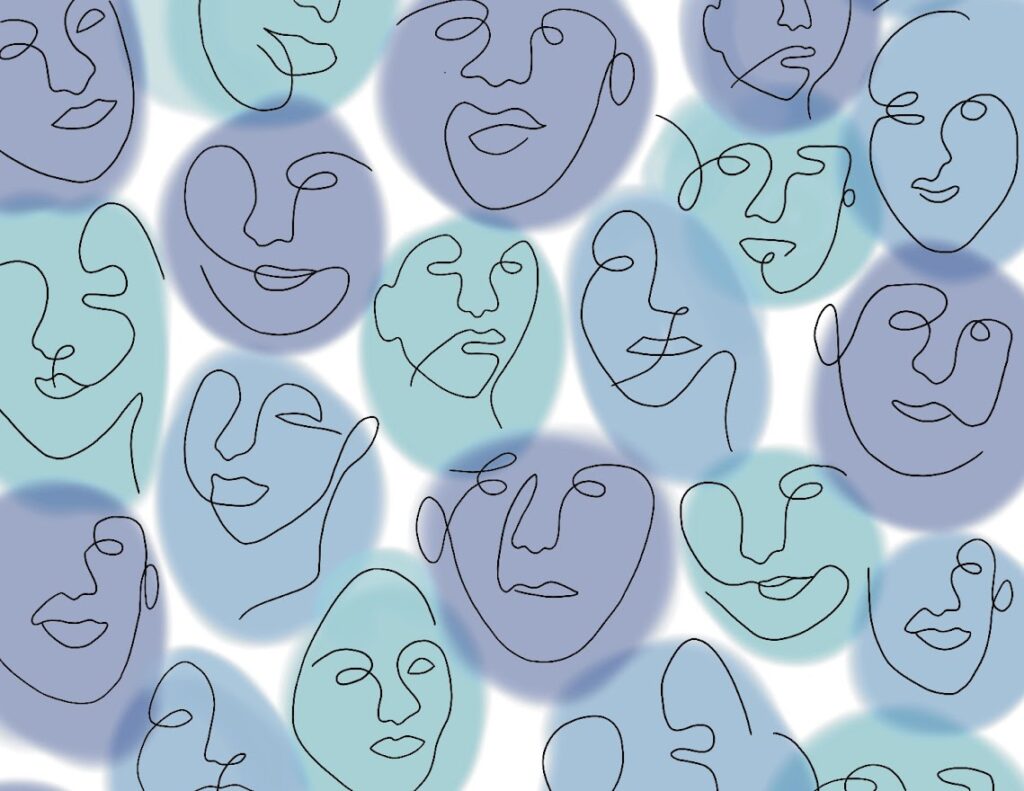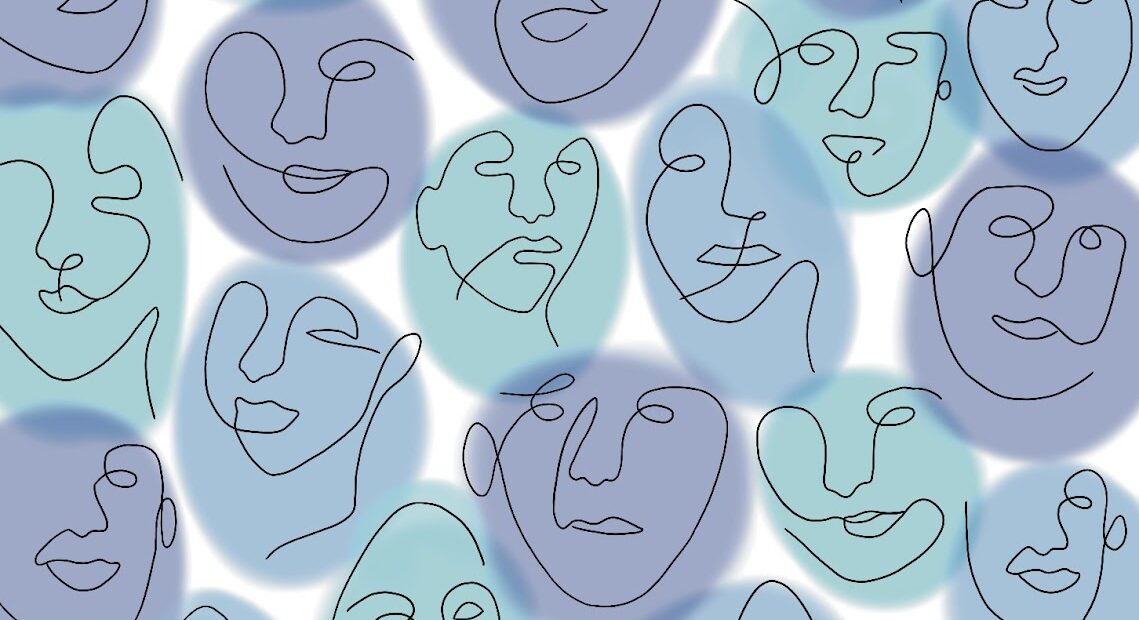
As a publication dedicated to media critique, we at the Review of Journalism feel it is important to turn the lens back on ourselves. While we strive to create a magazine that reflects our shared values of equity and diversity, we must also understand in which areas we are falling short to improve our coverage and expand the kinds of stories we tell. Every year since 2016, the Review has completed a diversity audit, surveying members of the editorial team, instructors, consultants and handling editors, even freelance artists, to understand what perspectives we might be missing, and striving to do better.
The Review masthead is comprised of a mix of graduate and undergraduate students at Toronto Metropolitan University (TMU). However, our staff includes course instructors, professional consultants, freelance artists, and handling editors who have helped guide the writing process. This entire staff was included in this year’s survey.
This year, we anonymously surveyed all those who participated in the creation of this year’s issue of the Review, 45 people in total, and received 34 responses, a response rate of 76 per cent. Diversity measures used this year included gender, race, sexuality, and disability status. We chose these measures to ensure comparability with previous years’ data, and with the available data published by Canadian newsrooms, including data from CBC’s 2021 “Diversity Census,” The Globe and Mail’s mandatory Employment Equity Survey results from 2021, and Global News’ optional diversity survey from 2022. Data for The Globe and Global were located through the 2022 CAJ Canadian Newsroom Diversity Survey Final Report.
We use this data to understand how our class compares with the journalism industry in Canada. We also used data from TMU to understand how the Review compares with the student body as a whole.
Note that the numbers collected here cannot be directly compared to those of larger, more diffuse newsrooms, such as CBC, and the structure of the newsrooms are different than our own. It is also worth noting that we do not know the specific questions asked, or method of data collection for these newsrooms, so these numbers should only be taken as a guide, rather than a direct comparison.
Upon first glance at the finding, it is clear that the Review newsroom, in general, has more 2SLGBTQIA+ representation, female representation and racial representation than legacy newsrooms, though it falls woefully short in disability representation, comparatively.
Note: All percentages are rounded to the nearest whole number.
Gender
Overall, the Review has more female representation than CBC (49 percent), Global News (44 percent) and The Globe and Mail (43 percent) with 65 percent of Review staff identifying as women, six percent identifying as “non-binary/outside the gender binary,” and 29 percent identifying as men. Just under one percent of respondents to Global News’ survey have a different gender identity from the one they were assigned at birth.
Race
Thirty-eight percent of those surveyed identified as a person of colour, while 59 percent did not. This contrasts with data for CBC, The Globe and Global, all of which report that 14 percent of their staff identify as people of colour.
Racial/ethnic identities reported by the Review respondents included East Asian (12 percent), white/caucasian (56 percent), Arab/North African/Middle Eastern (six percent), multiracial (nine percent), Black/African-Canadian (three percent), South/Southeast Asian (nine percent), Filipino (three percent), and Jewish (three percent).
Sexual Orientation
Just over one quarter (26 percent) of Review respondents identify as 2SLGBTQIA+.
This is more than the proportion of 2SLGBTQIA+ representation at CBC (eight percent) and Global News (four percent), as well as the TMU student population (approximately 8 percent).
Review staff were given the option to identify multiple identities. Responses included asexual/aromantic, heterosexual/straight, queer, bisexual, lesbian, transgender, queer and non-binary.
Disabilities
Both visible and non-visible disabilities were included as separate questions in the Review’s anonymous survey. Conversely, CBC, Global, The Globe and Mail and TMU report numbers for “people with disabilities” and do not separate these two categories.
The Review falls extremely short in disability representation as no respondents to the survey reported having a physical disability.
Some respondents did report having a mental health-related disability. Of those surveyed, 29 percent of Review staff said they have a mental health-related disability whereas six percent preferred not to disclose this information. At CBC, three percent of respondents reported having a disability, while 3.5 percent and five percent reported the same at Global News and The Globe, respectively.
Conclusion
The above data is reported in the interest of transparency and recognition of what voices may be missing in our newsroom. Clearly, the Review is lacking representation from the disabled community, particularly those with physical disabilities. We hope readers engage with our work and stories with this data in mind, and that audiences continue to take a critical look at where newsrooms can do better to represent their audiences, and where there are gaps in coverage and awareness. As a media criticism magazine, it is important to self-reflect on what we are missing, to encourage the telling of stories that reflect the experiences of those who are more often excluded from places like university classrooms or legacy newsrooms.
This report was created by the Review of Journalism online team. Production Editor Hyeji Yoon collected the data, which was analyzed and visualized by Senior Editor Aloysius Wong. Managing Editor Carly Penrose compiled the information and wrote the report.












